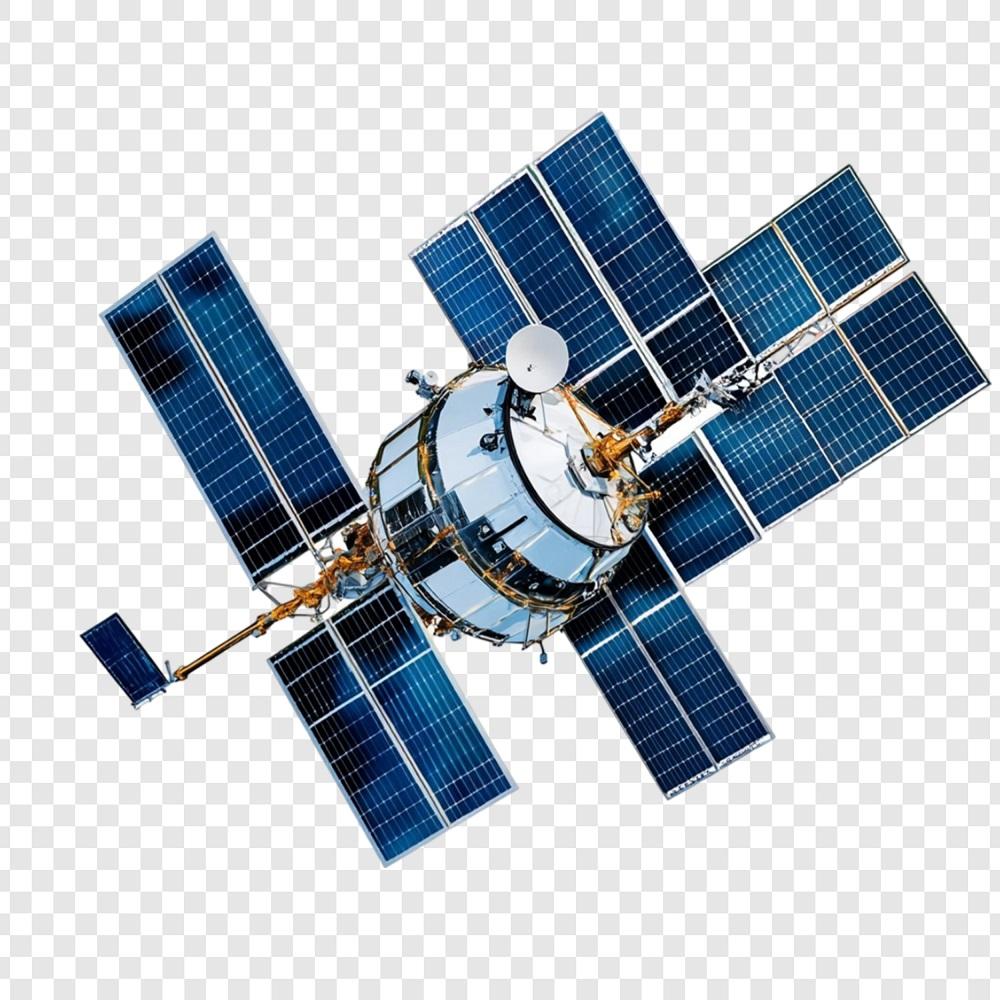Notifications

4 minutes, 18 seconds
-11 Views 0 Comments 0 Likes 0 Reviews

The Satellite Solar Cell Materials Market is a critical component of the space industry, playing a vital role in powering satellites used in communication, navigation, Earth observation, and defense. As space missions grow more ambitious and commercial satellite launches increase, the demand for efficient, lightweight, and durable solar cell materials is surging globally.
According to BISResearch, The global satellite solar cell materials market is valued at $46.2 million in 2024 and is expected to grow at a CAGR of 12.88% to reach $155.2 million by 2034.
Communication Satellites
Earth Observation Satellites
Navigation Satellites
Military and Defense Satellites
Weather Satellites
Surge in Satellite Launches: The boom in private space companies and government space programs is accelerating the number of satellites launched annually.
Technological Innovation: Advancements in photovoltaic efficiency, radiation shielding, and lightweight materials are expanding the performance envelope of satellite solar cells.
Growing Demand for Satellite Internet: LEO constellations like Starlink and OneWeb are increasing the need for robust, high-efficiency solar panels.
Rising Government and Defense Investments: Strategic interest in satellite infrastructure for surveillance, communication, and research is fueling long-term demand.
Request A Free Sample on the Satellite Solar Cell Materials Market!
Material science breakthroughs and technological innovations in solar cell technology play a pivotal role in driving industry growth. Cutting-edge developments in high-efficiency photovoltaic materials, particularly multi-junction solar cells are significantly improving power generation capabilities, which is vital for supporting the complex energy requirements of modern satellite missions. The integration of advanced materials like gallium arsenide (GaAs) and indium phosphide (InP) is further enhancing efficiency, addressing the growing demand for sustainable and dependable energy solutions in space applications.
The aerospace industry's digital transformation, coupled with targeted investments in space technology, highlights the market's strong growth potential. As companies strive to boost satellite performance and operational efficiency through technological innovation, the need for advanced satellite solar cell materials continues to rise. This growing demand is driven by the pursuit of more efficient, reliable, and sustainable space-based energy solutions.
Miniaturization of Satellites: The rise of nanosatellites and CubeSats is driving demand for compact and lightweight solar solutions.
Reusable Launch Systems: Reusability in space transportation is lowering costs and increasing launch frequency, expanding market opportunities.
Integration with AI and IoT: Smart satellite systems are requiring more efficient energy solutions, placing new demands on solar cell technology.
Sustainable Materials: There is a growing focus on environmentally friendly and recyclable materials in satellite design.
The Satellite Solar Cell Materials Market is poised for robust growth as space becomes increasingly central to global communication, defense, and scientific advancement. Innovations in material science, alongside expanding space missions and private-sector involvement, will continue to drive demand for high-performance solar cell technologies. Stakeholders investing in next-generation solar materials stand to play a pivotal role in shaping the future of space exploration and satellite operations.
BIS Research Satellite Solar Cell Materials Market Satellite Solar Cell Materials Report Satellite Solar Cell Materials Industry

